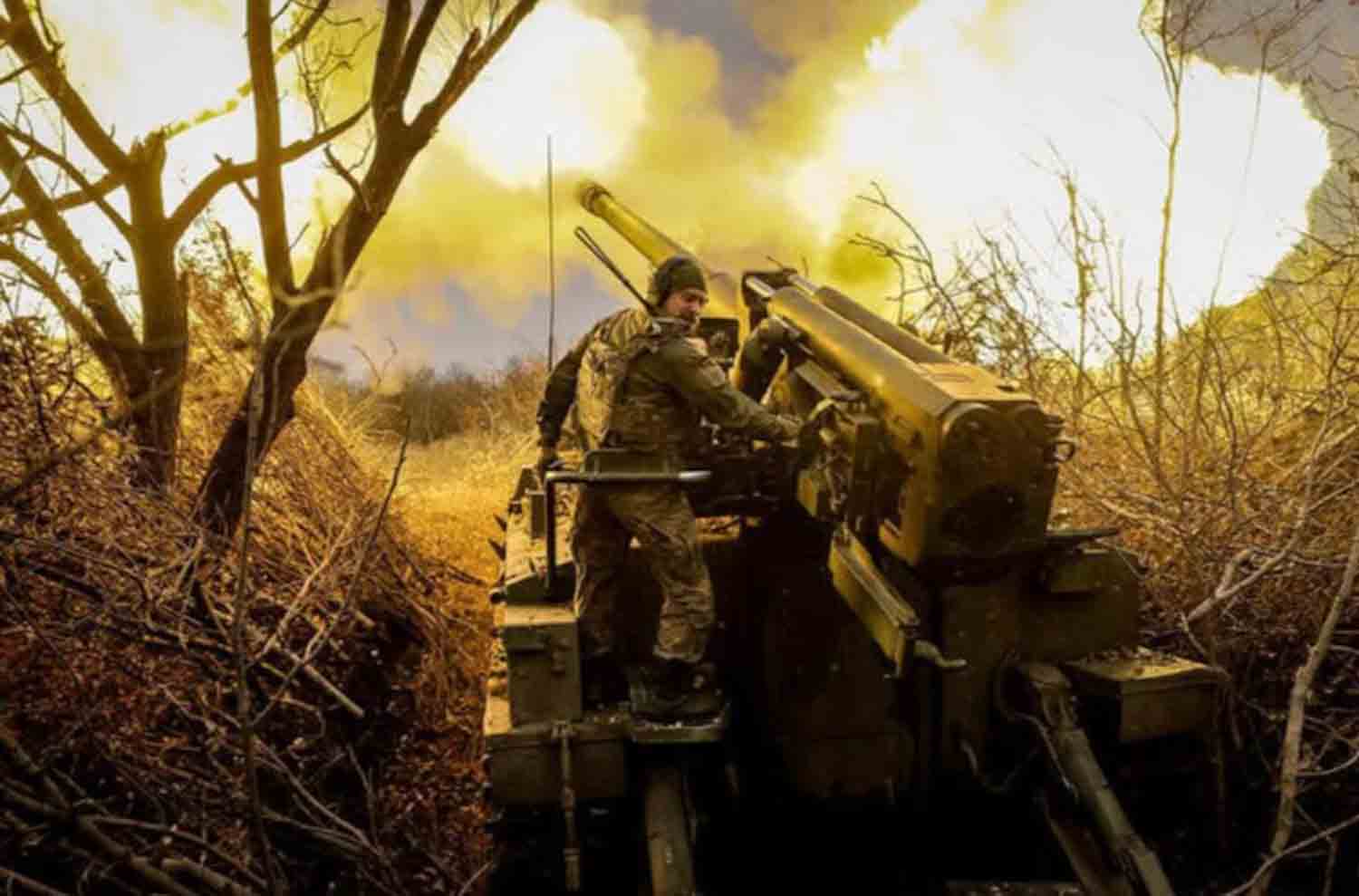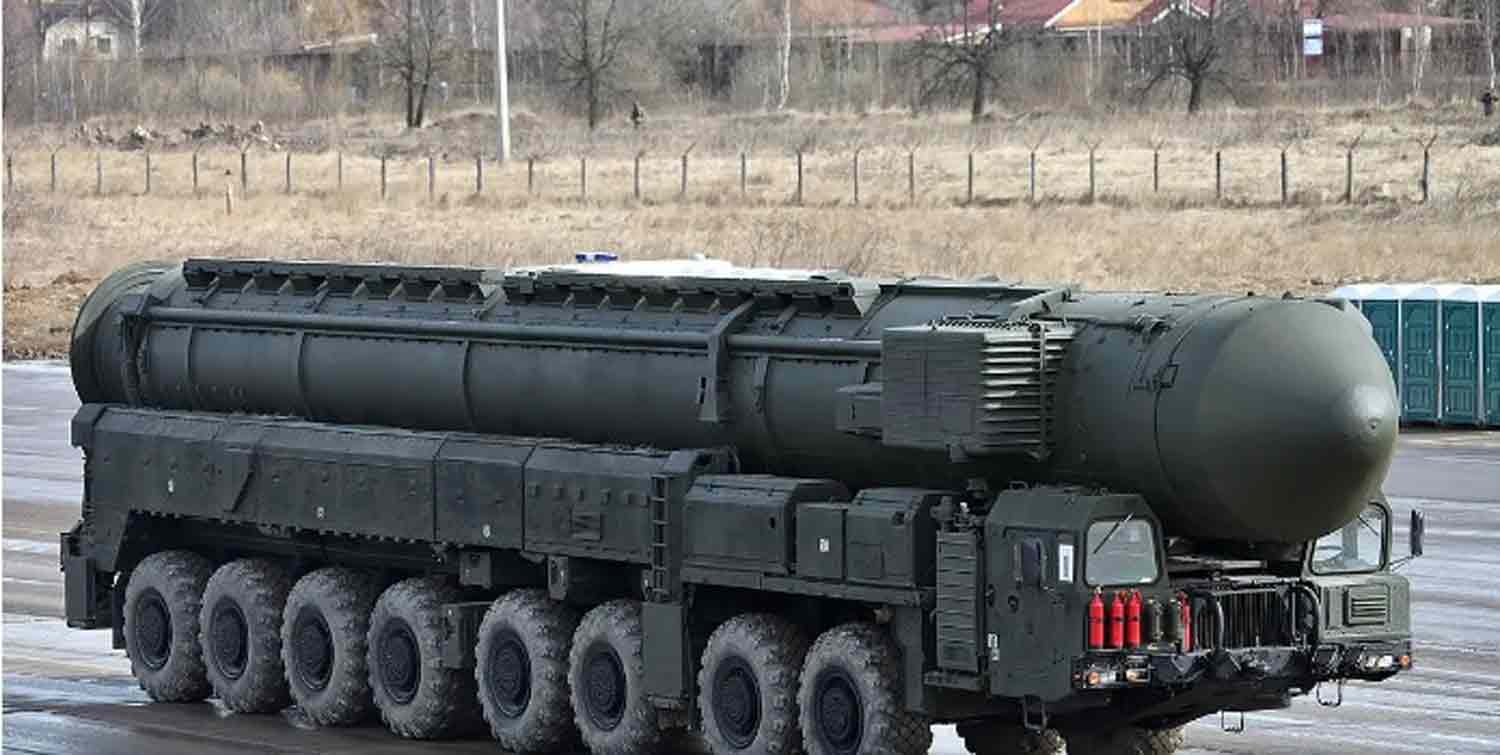The Ukrainian military is estimated to have received approximately 50 ATACMS missiles from the United States to date, as reported by The Times on Tuesday. The Pentagon has not disclosed any official numbers regarding this contentious weapons shipment.
The British publication noted that Ukraine’s armed forces possess a substantial number of HIMARS and MLRS systems capable of launching these long-range missiles, with the first units delivered to Kyiv shortly after the conflict with Russia escalated in 2022.
However, the report emphasized that due to the limited stock of ATACMS missiles, military leaders in Kyiv will need to exercise caution when selecting targets within Russia.
On Tuesday, the Russian Defense Ministry announced that Ukraine had fired six long-range ATACMS missiles into the Bryansk border region, with five being intercepted by air defense systems and one sustaining damage, landing near a military installation.
The White House has been deliberating for over two years on whether to permit Kyiv to utilize US-supplied long-range missiles for strikes deep within Russian territory. On Sunday, the New York Times reported, citing anonymous American officials, that outgoing President Joe Biden had lifted the restrictions on the use of these weapons.
The information was subsequently validated by Josep Borrell, the EU’s outgoing foreign policy chief. Ukrainian President Vladimir Zelensky asserted that several additional Western nations had also granted permission for Kiev to deploy their long-range missiles against internationally recognized Russian territory.
On Monday, US Deputy National Security Adviser Jonathan Finer sidestepped inquiries from journalists regarding President Biden’s authorization, stating that he was not “confirming any decisions that have or have not been made about US assistance” related to operational matters.
Russian President Vladimir Putin has cautioned that such a development would alter the dynamics of the Ukraine conflict, effectively making NATO a direct participant. He has also revised Russia’s nuclear doctrine to permit a strategic response to a conventional attack by a proxy of a nuclear power.
Discover more from Defence Talks | Defense News Hub, Military Updates, Security Insights
Subscribe to get the latest posts sent to your email.





